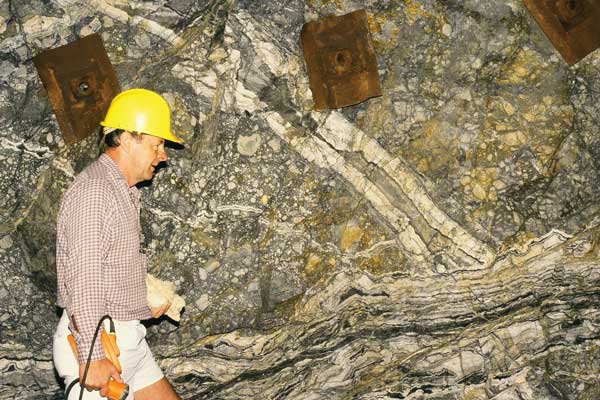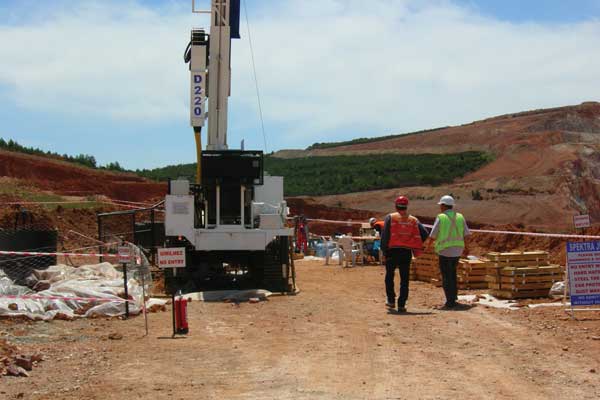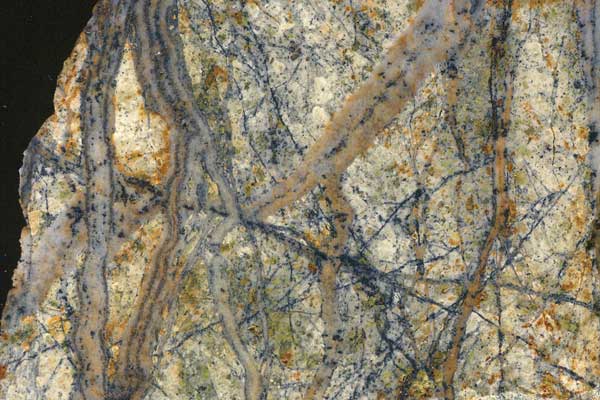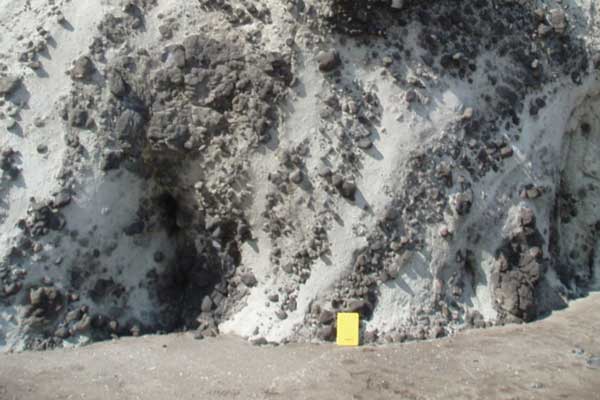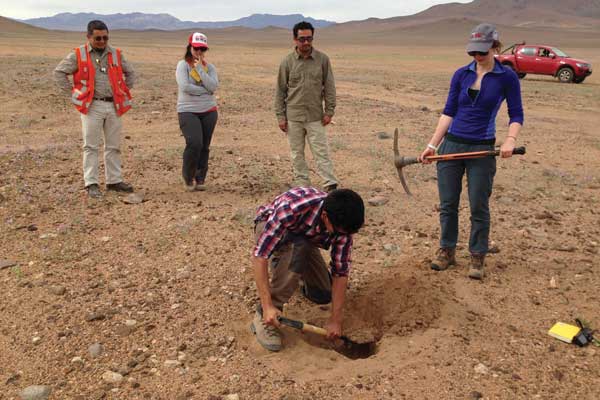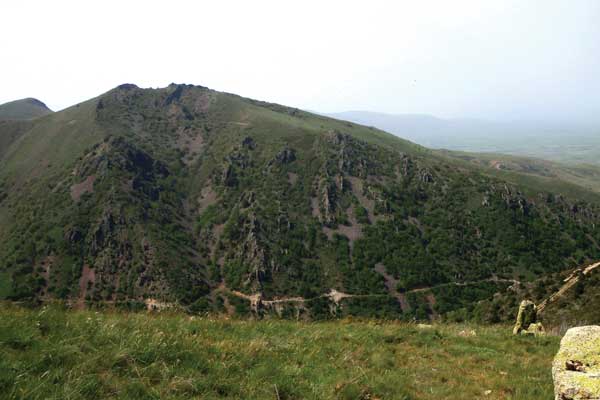SC2 - Volcanology for Exploration Geologists
Date: September 24-25, 2016
Location: Sheraton Çeşme Hotel, Resort, and Spa | İzmir, Turkey
Presenter: Jocelyn McPhie
This short course will help participants acquire the knowledge and skills needed for exploring, mining, and researching in volcanic terranes. It combines fundamental information on how volcanoes work and what they produce with practical information on how to name, describe, and log volcanic facies in the field and in drill core. Lectures will cover kinds of volcanoes, eruption styles and products on land and under water, effects of hydrothermal alteration on volcanic rocks, and breccias in mineralized volcanic environments. The relationships between volcanic and ore-forming processes will be reviewed for important volcanic-associated ore deposit types (VMS, epithermal Au-Ag, porphyry Cu, komatiite-hosted Ni, kimberlite-hosted diamonds). This course is intended for geologists engaged in regional- or deposit-scale mapping or in drilling programs in volcanic successions for the purpose of mineral exploration (especially VMS, epithermal Au-Ag, porphyry Cu) and for geological survey geologists embarking on mapping projects in volcanic successions. No prior volcanology training is required.
